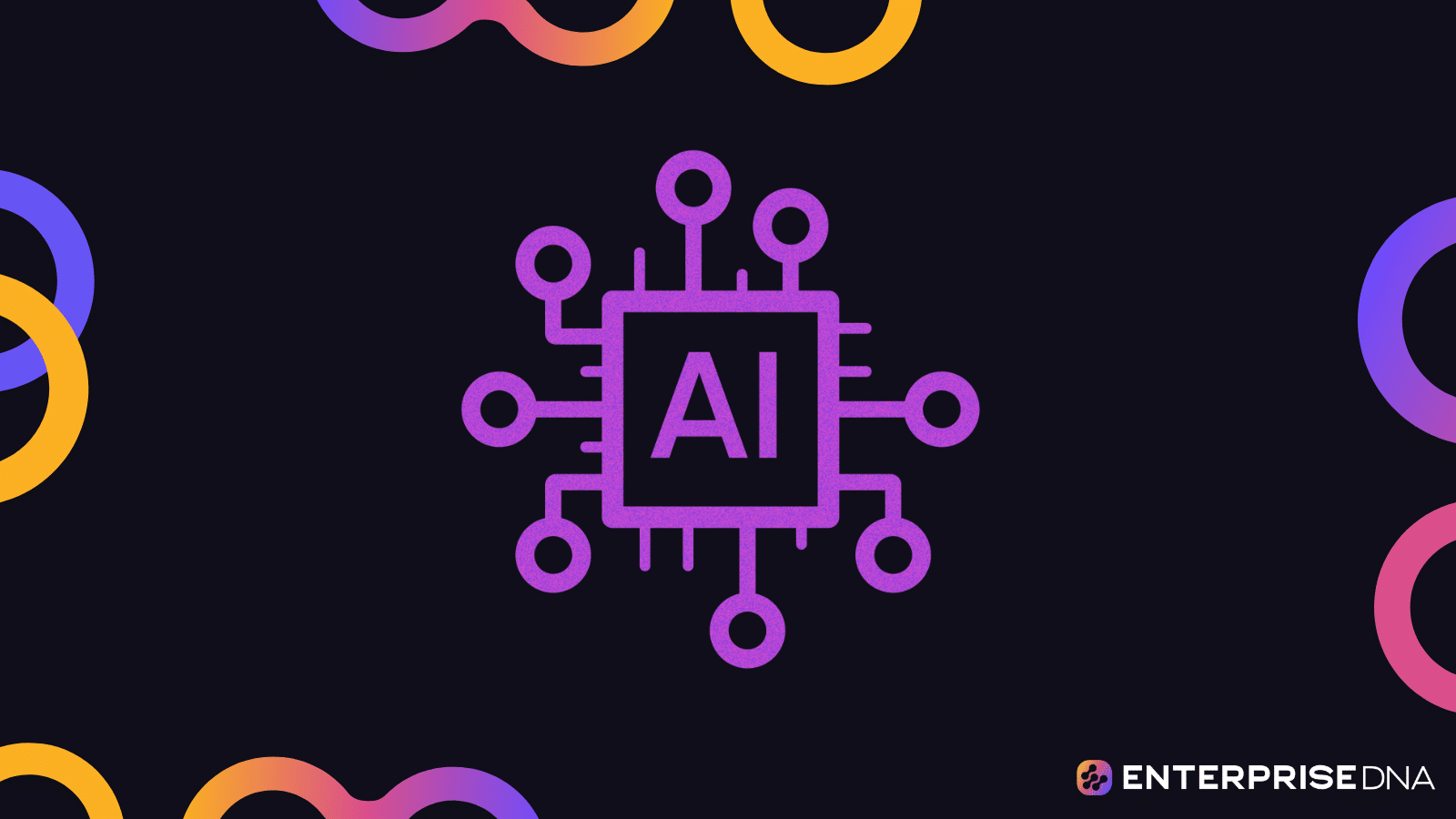You may have heard about artificial intelligence (AI) and its subset machine learning (ML). ML, in turn, is made up of neural networks and deep learning.
But what exactly are neural networks and deep learning?
Neural networks and deep learning are two core components of machine learning. A neural network is a set of algorithms that attempts to mimic the structure and function of the human brain. It is a model inspired by the way biological systems such as the human brain process information.
Deep learning is a subfield of machine learning that focuses on using neural networks to learn from data.
In this article, we’ll give you an overview of neural networks and deep learning, what they are, and how they differ.
By the end, you’ll have a good understanding of these two terms and be able to confidently explain the difference between the two.
Let’s get into it!
What is a Neural Network?
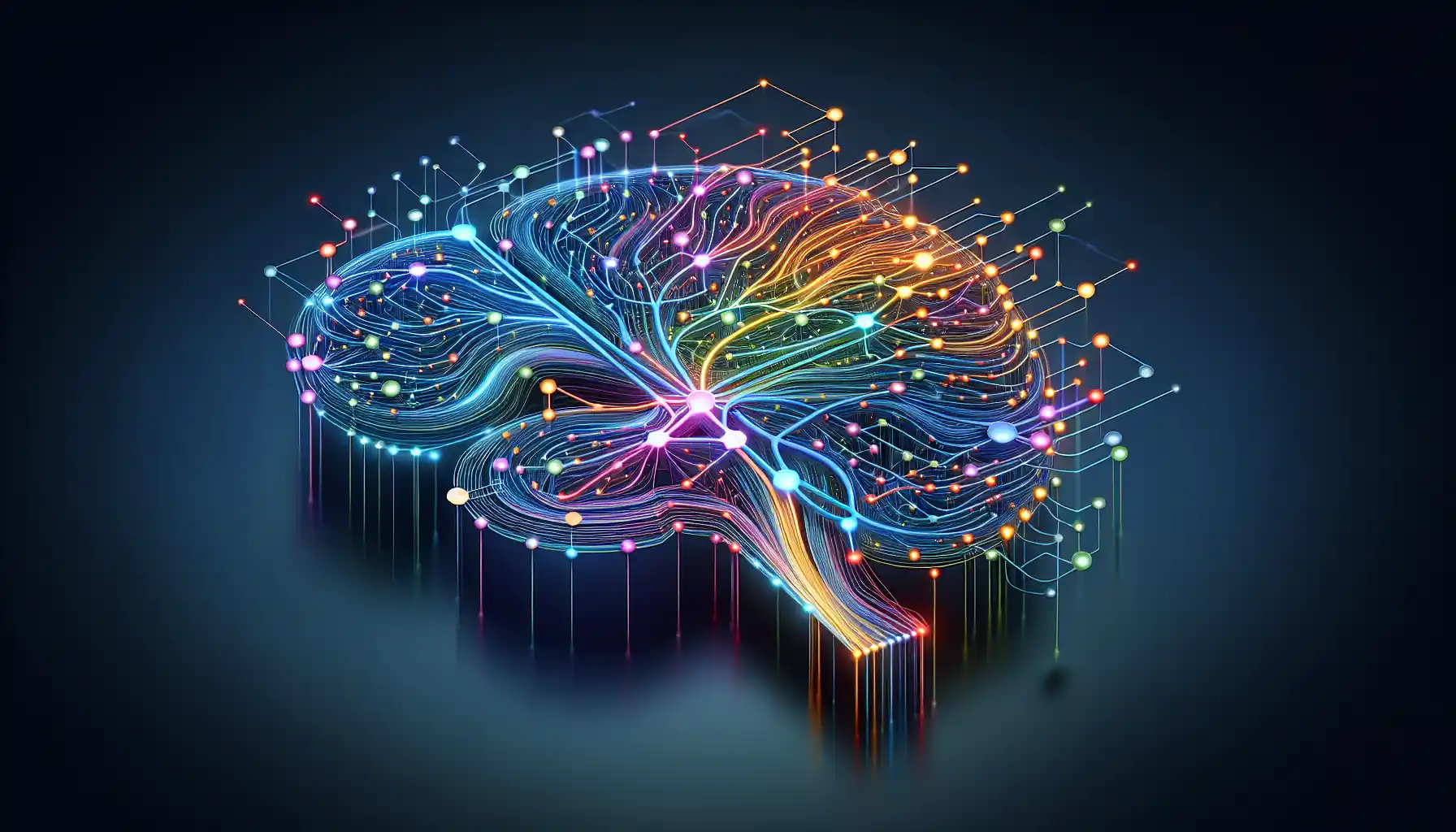
To understand neural networks, let’s first take a look at what artificial neural networks (ANNs) are.
An artificial neural network is a computational model inspired by the structure and functioning of the human brain. It is composed of interconnected nodes, or “neurons,” which work together to process complex data and identify patterns.
Just like the neurons in the human brain are connected through synapses, the nodes in an artificial neural network are connected through weighted connections.
This interconnectedness allows the network to learn from data and make predictions.
The main components of an artificial neural network are:
- Input Layer: The input layer receives data from an external source and passes it on to the hidden layers of the network.
- Hidden Layers: These are layers in the network that are not directly connected to the input or output of the network. They are responsible for processing the data and identifying patterns within it. There can be multiple hidden layers in a network.
- Output Layer: The output layer of the network produces the final result or prediction based on the input data and the patterns identified by the hidden layers.
Each connection between nodes in the network has an associated weight, which is adjusted during the learning process to improve the accuracy of the network’s predictions.
To learn from data, an artificial neural network typically goes through the following steps:
- Feedforward: During the feedforward process, data is passed through the network, and the connections between nodes apply the appropriate weights to the data. The processed data is then used to make predictions.
- Backpropagation: Backpropagation is an important learning algorithm in neural networks. It involves comparing the network’s predictions to the actual results and then adjusting the weights of the connections between nodes to reduce the error. This process is repeated many times using a large amount of data to improve the accuracy of the network.
Once trained, an artificial neural network can be used for various tasks, such as image and speech recognition, natural language processing, and more.
Types of Neural Networks
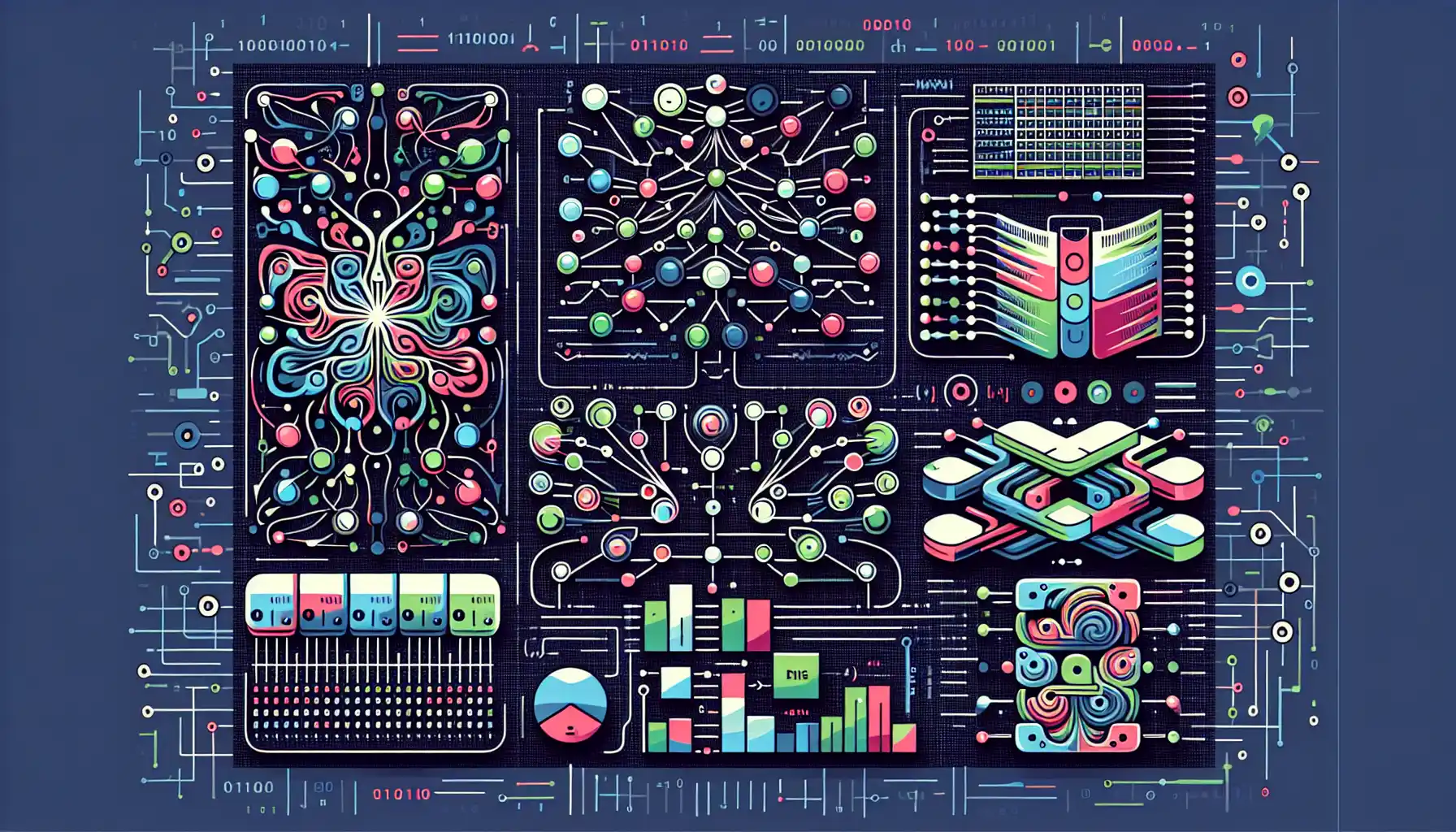
There are different types of neural networks, each designed for specific tasks. Here are some of the most common types:
- Feedforward Neural Networks (FNN): In a feedforward neural network, the data flows in one direction only, from the input layer through the hidden layers to the output layer. There are no cycles or loops in the network. These are often used for basic pattern recognition and classification tasks.
- Recurrent Neural Networks (RNN): Unlike feedforward neural networks, recurrent neural networks have connections that form cycles, allowing them to have memory and process sequences of data. They are commonly used for tasks such as language modeling, speech recognition, and time series analysis.
- Convolutional Neural Networks (CNN): CNNs are specifically designed for processing and analyzing data that has a grid-like topology, such as images. They use convolutional layers to extract features from the input data and are widely used in image recognition, object detection, and image generation.
- Generative Adversarial Networks (GAN): GANs consist of two neural networks, a generator, and a discriminator, which are trained together in a competitive setting. The generator creates synthetic data, while the discriminator tries to distinguish between real and fake data. GANs are used for tasks such as image generation and data augmentation.
- Autoencoders: Autoencoders are neural networks that are trained to learn a compressed representation of the input data. They consist of an encoder, which compresses the data, and a decoder, which reconstructs the original data from the compressed representation. Autoencoders are used for tasks such as data denoising and feature extraction.
What is Deep Learning?
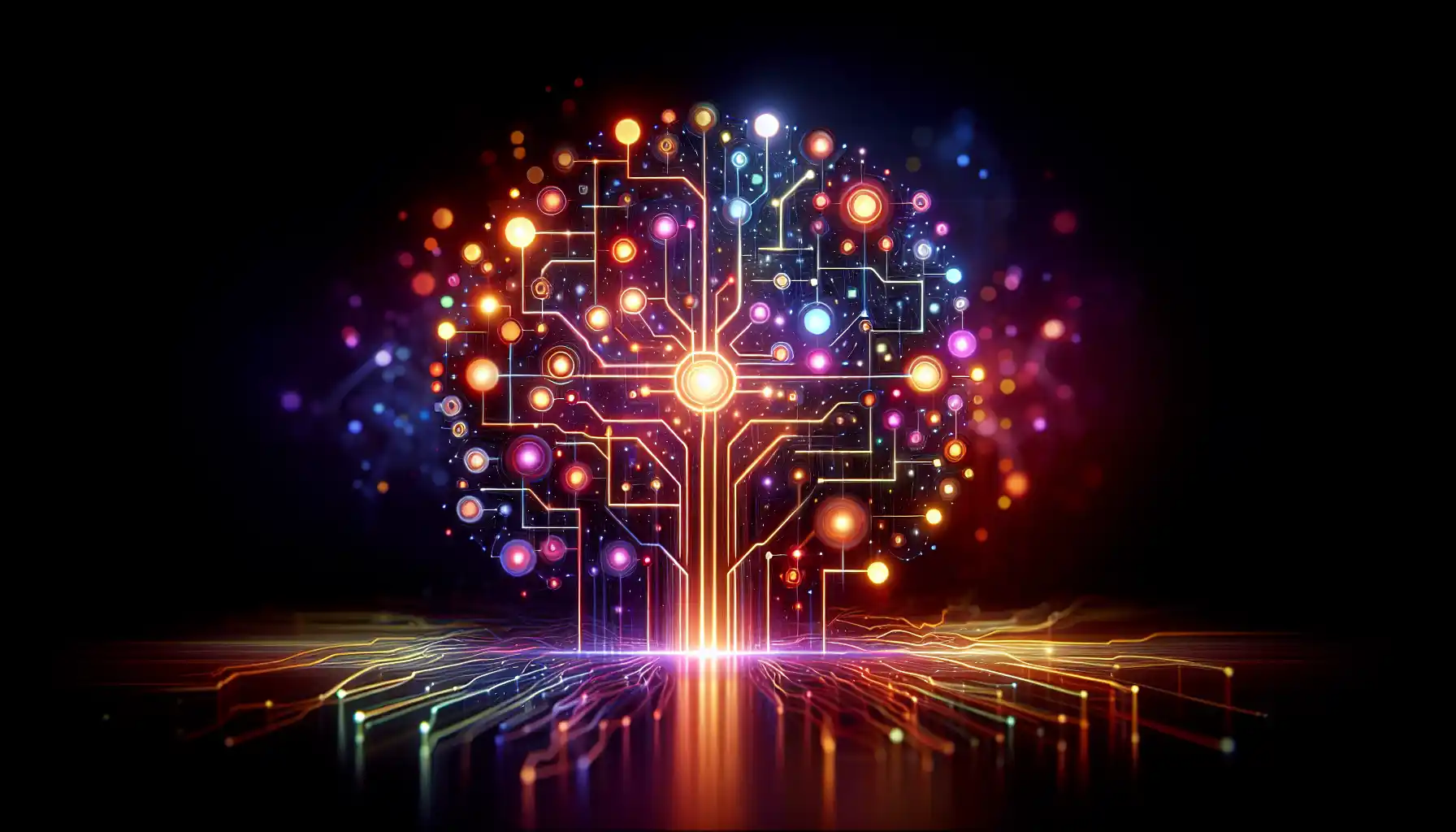
Deep learning is a subset of machine learning, which is a subset of artificial intelligence. It focuses on training artificial neural networks with a large number of layers (hence the term “deep”) to learn from data.
In recent years, deep learning has achieved significant success in various fields, such as image and speech recognition, natural language processing, and game playing.
Deep learning can be seen as a more advanced version of neural networks because it can work with complex and large amounts of data.
It is used in many areas of AI, including computer vision, speech recognition, and more. Deep learning requires a huge amount of computational power, which is why it is not suitable for all applications.
But for those it is, deep learning is much more accurate than traditional machine learning.
The key components of deep learning are:
- Data: High-quality data is essential for training deep learning models. This data can be in the form of images, text, audio, or any other type of structured or unstructured data.
- Model: A deep learning model is a computational network that consists of multiple layers, or “hidden layers,” which process the input data. Each layer in the model learns increasingly abstract representations of the data.
- Loss Function: The loss function is a measure of how well the model is performing. It quantifies the difference between the model’s predictions and the actual data. The goal is to minimize the loss function during the training process.
- Optimizer: The optimizer is an algorithm that adjusts the parameters of the model to minimize the loss function. This is done through a process called “backpropagation,” which involves calculating the gradients of the loss function with respect to the model’s parameters.
Deep learning models are trained using a process called “backpropagation.” In this process, the model’s parameters are adjusted using an optimization algorithm to minimize the loss function. This involves calculating the gradients of the loss function with respect to the model’s parameters and updating the parameters in the direction that reduces the loss.
In summary, deep learning is a subset of machine learning that focuses on training artificial neural networks with a large number of layers to learn from data. It has achieved significant success in various fields and is particularly well-suited for tasks involving large amounts of data and complex patterns.
Differences Between Neural Networks and Deep Learning
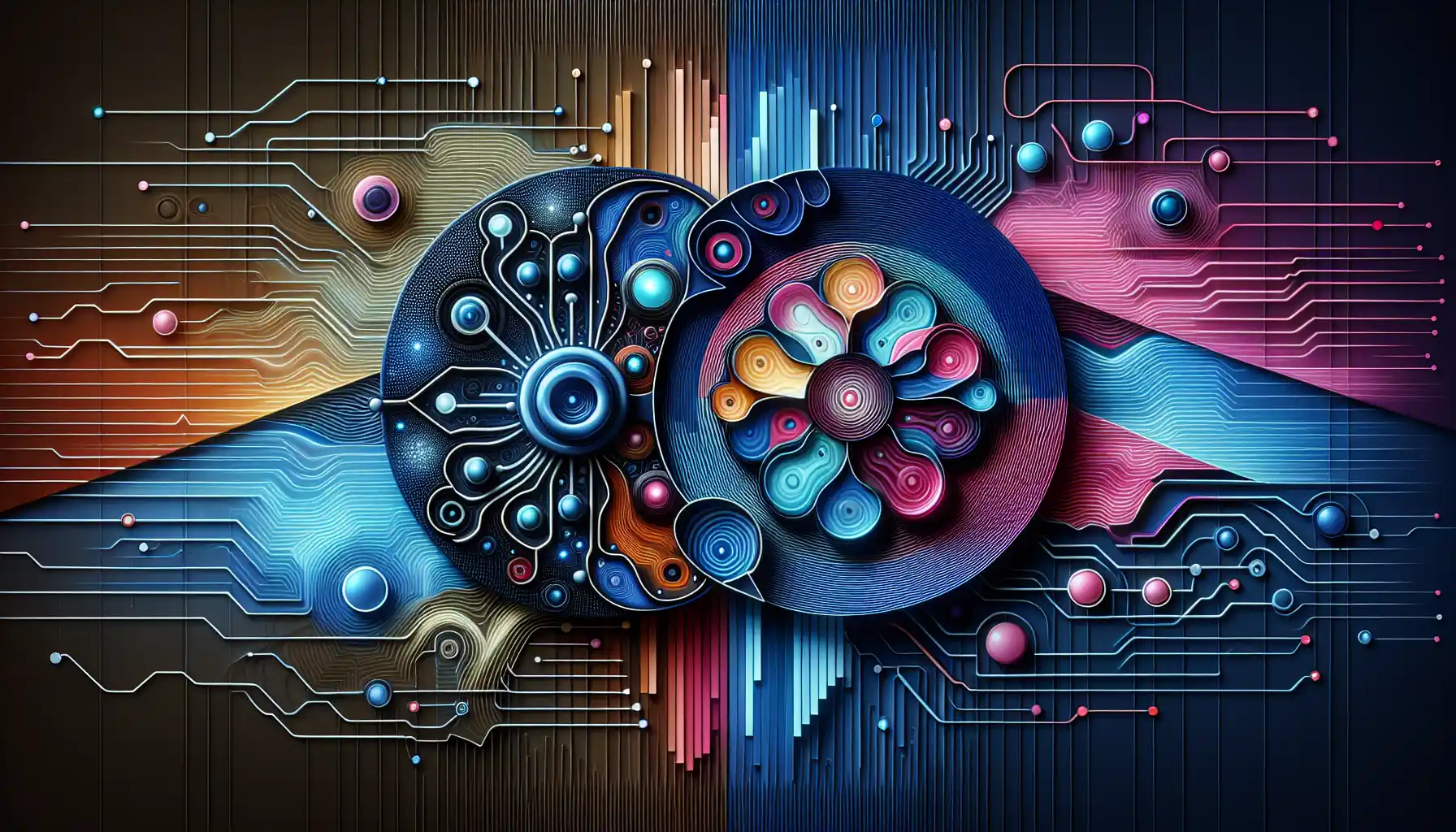
Neural networks and deep learning are related concepts but are not the same. Neural networks are the building blocks of deep learning.
In other words, deep learning is a subset of machine learning that uses artificial neural networks to solve problems.
Neural networks are a set of algorithms that are designed to recognize patterns and can be trained to make predictions. These algorithms are modeled after the human brain and consist of layers of nodes that process and transform data.
A neural network can have multiple layers, with each layer extracting increasingly abstract features from the input data. They can be used for a variety of tasks, such as image and speech recognition, natural language processing, and more.
Deep learning, on the other hand, is a specific type of machine learning that involves training artificial neural networks with a large number of layers. The term “deep” refers to the depth of the network, meaning it has many layers, allowing it to learn complex patterns and representations from data.
Deep learning has been particularly successful in tasks such as image and speech recognition, where the data is high-dimensional and complex.
To put it simply, neural networks are a broad category of algorithms inspired by the human brain, while deep learning is a specific type of machine learning that uses artificial neural networks with many layers to learn from data.
Applications of Neural Networks and Deep Learning
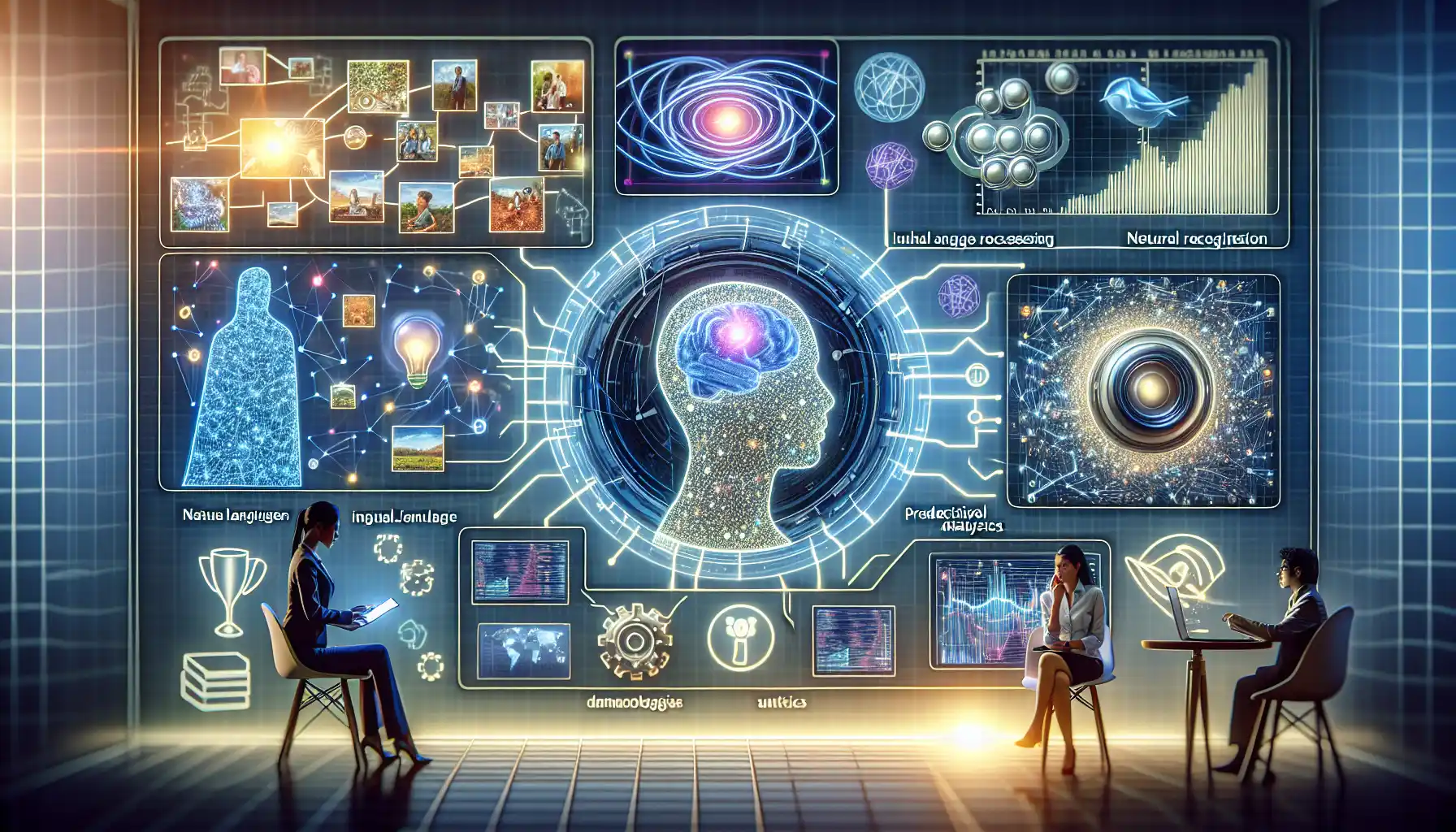
Neural networks and deep learning have found numerous applications in various fields due to their ability to learn from data and make predictions.
Some of the key applications include:
- Image and speech recognition: Neural networks are used in systems that can recognize patterns in images and sounds. This has led to the development of applications like facial recognition, object detection, and speech-to-text conversion.
- Natural language processing: Neural networks can process and understand human language. They are used in applications like language translation, chatbots, and sentiment analysis.
- Healthcare: Neural networks are used in medical image analysis to detect and diagnose diseases from X-rays, MRIs, and CT scans. They are also used in personalized medicine to predict the effectiveness of different treatments based on a patient’s genetic makeup.
- Finance: Neural networks are used in fraud detection, stock market prediction, and credit scoring.
- Automotive: Neural networks are used in autonomous vehicles for tasks like object detection, lane keeping, and adaptive cruise control.
- Gaming: Neural networks are used to create intelligent agents in video games that can learn and adapt to the player’s behavior.
- Manufacturing: Neural networks are used in predictive maintenance to detect and prevent equipment failures in factories.
- Marketing: Neural networks are used in recommendation systems to personalize product recommendations for customers.
- Robotics: Neural networks are used to control the movement and decision-making of robots.
The applications of neural networks and deep learning continue to expand as new techniques and algorithms are developed. These technologies have the potential to revolutionize many industries and improve the way we live and work.
Final Thoughts
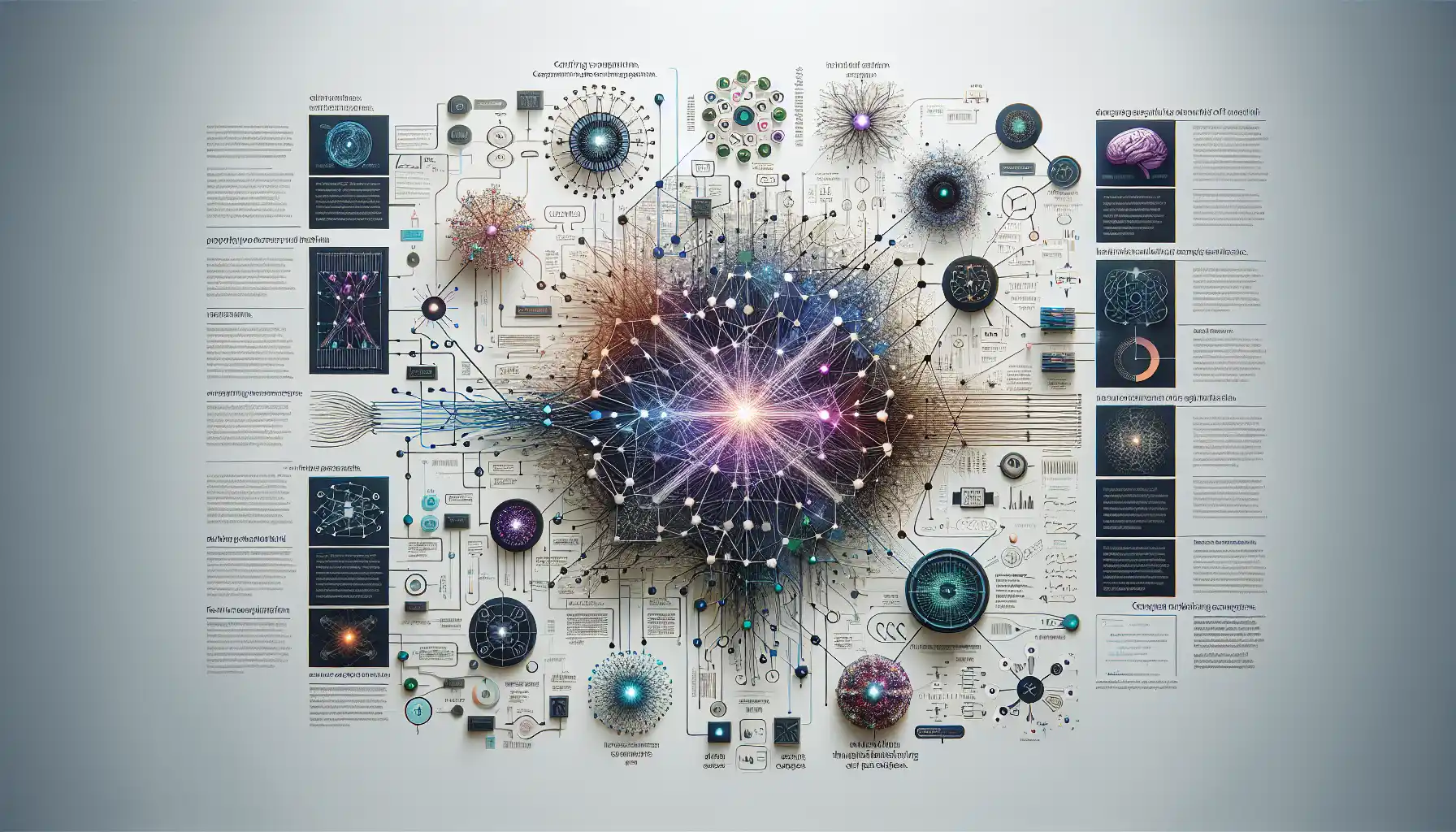
Artificial intelligence is a fast-growing field that has revolutionized the way we approach problems and find solutions. Neural networks and deep learning are at the forefront of this revolution, making it possible for computers to learn from data and make decisions without human intervention.
As we have seen, neural networks are the building blocks of deep learning, and they have proven to be highly effective in a wide range of applications, from image and speech recognition to healthcare and finance.
While deep learning has its limitations and challenges, it is clear that these technologies are here to stay and will continue to drive innovation and advancement in the years to come.
Frequently Asked Questions
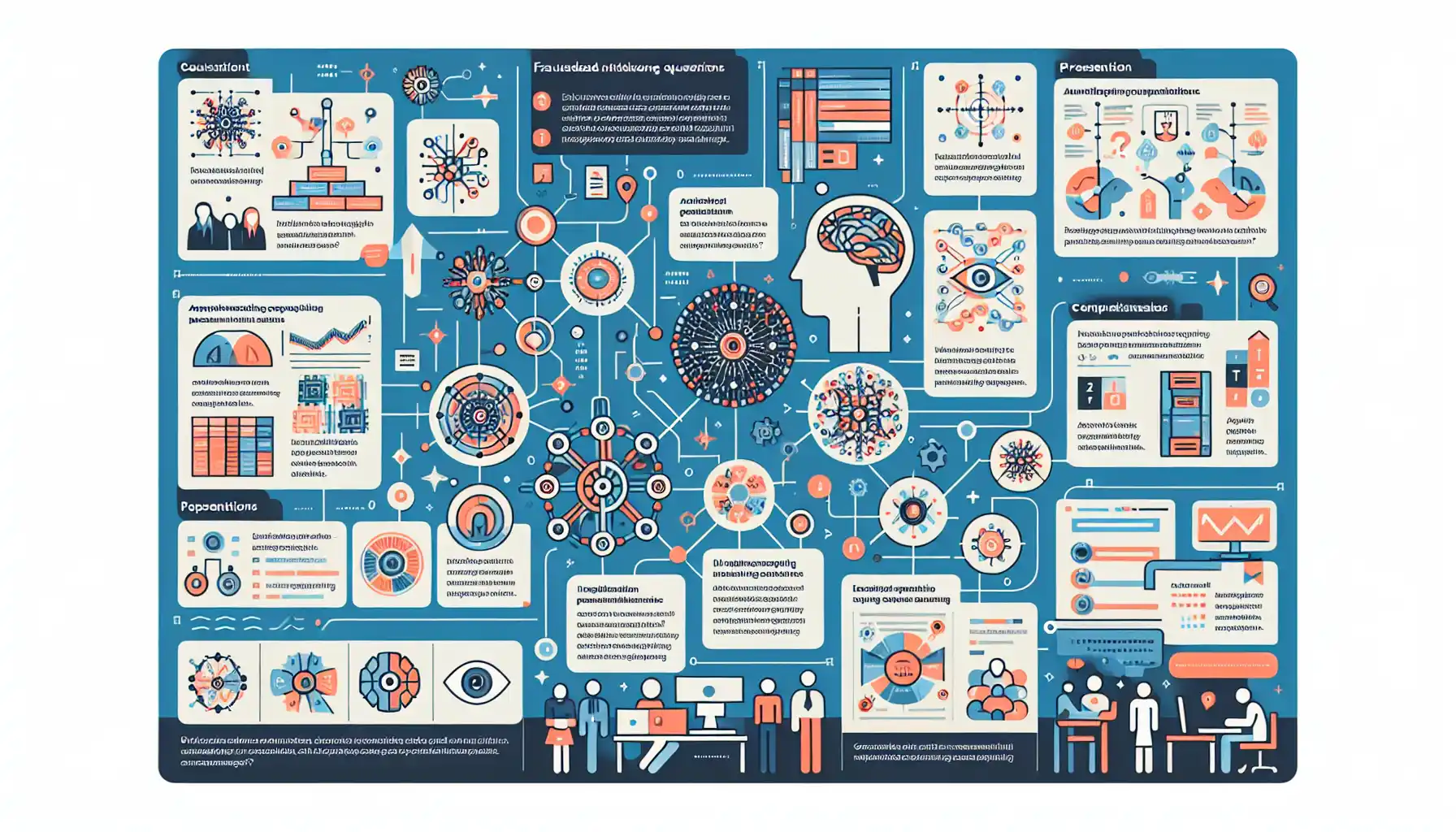
How are neural networks and deep learning related?
Neural networks are a type of machine learning model that is designed to process data in a way that mimics the way the human brain processes information. Deep learning is a subset of machine learning that uses neural networks with multiple layers to learn from data.
What are the key differences between neural networks and deep learning?
Neural networks are the basic building blocks of deep learning, while deep learning is a specific subset of machine learning that uses neural networks with multiple layers to learn from data.
Are deep learning models more complex than neural networks?
Yes, deep learning models are more complex than traditional neural networks. Deep learning models have multiple layers, which allow them to learn more abstract and complex representations of data.
Can neural networks be used for deep learning tasks?
Yes, neural networks can be used for deep learning tasks. Deep learning is a type of neural network that uses multiple layers to learn from data.
What is the difference between a neural network and a convolutional neural network?
A neural network is a machine learning model that is designed to process data in a way that mimics the way the human brain processes information. A convolutional neural network (CNN) is a specific type of neural network that is designed to process grid-like data, such as images.

